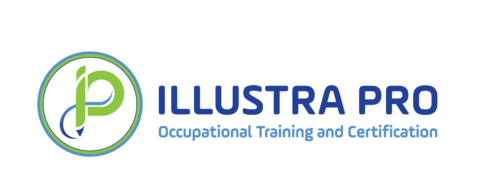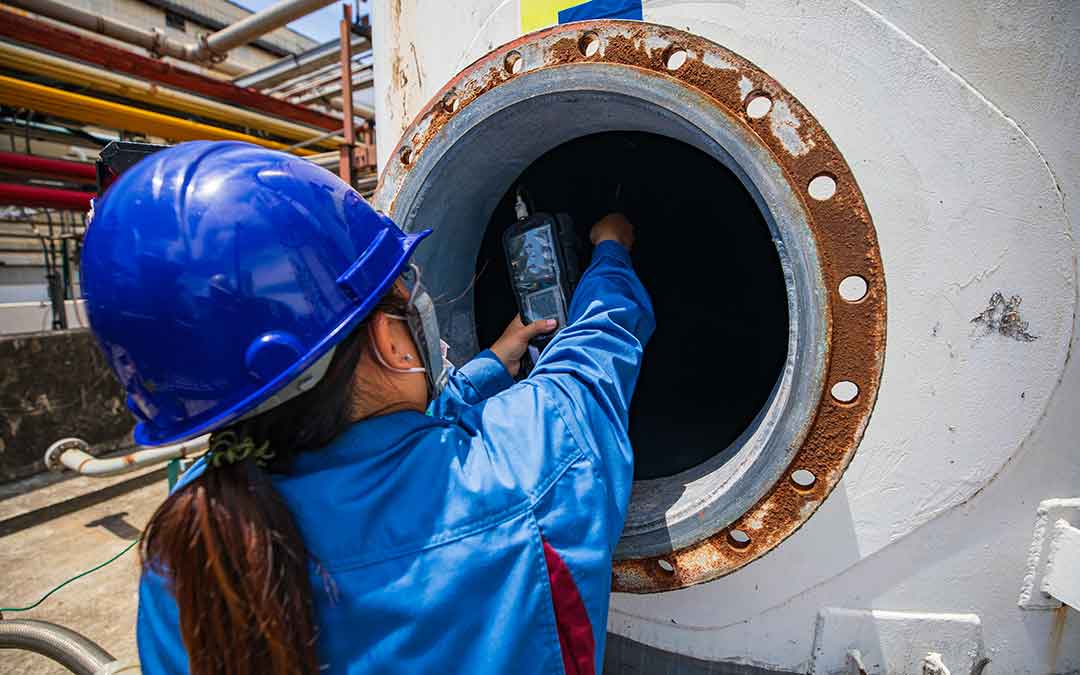A hot work hazard assessment is usually conducted by a health and safety officer or a specialist. Under OSHA standards, employers are also required to perform hazard assessments while obligated to furnish a safe workplace. At times the employee or their delegate may also perform the hazard identification, especially in workplaces that do not hire safety personnel.
It also means that employers need to ensure that their workers get adequate training and tools that will allow them to make these assessments. The goal of a hot work hazard assessment is to gain a better understanding of possible hazards in the workplace, assess the dangers arising from those hazards, and apply suitable measures to prevent or control these dangers.
Competent Person/s
Employers assign a competent person such as PAIs or Hot Work Supervisors, to enforce safety measures as well as to observe the working conditions. They make sure that the environments that are used in hot working are free from objects and other sources of risks. For instance, they may set apart certain buildings or sections for use in hot work or guarantee proper storage of dangerous materials.
PAIs or Hot Work Supervisors also ensure that the workers conform to fire prevention measures including tidiness of the working environment, availability of fire extinguishers, as well as how employees or visitors exit the building in case of a fire outbreak.
Hot Work Operators and Fire Watch Individuals
Hot work operators must adhere to certain safety measures like wearing flame retardant materials and monitoring flammable gas levels within the operating area. Fire watch officers are very influential when it comes to the safety of the working environment as they are always around to immediately respond to any sign of fire.
Safety Measures According to OSHA
OSHA requires safety measures for hot work in order to guard employees against fire, burn, and toxic risks associated with hot work environments. These measures include wearing and using Personal Protective Equipment (PPEs) and fire watch protocols.
- Personal Protective Equipment: Depending on the nature of the hot work, personal protective equipment requirements for hot workers could include gloves, boots, helmets or hard hats, flame-resistant clothing, etc. Other people around the hot work area should ensure they also put on the correct PPE in order to reduce the number of accidents.
- Monitoring During Hot Work: Fire watchers must remain on-site during hot work operations. Also, fire-fighting equipment such as fire extinguishers must be located in an easily accessible location, with the employees trained in how to fight spot fires.
- Confined Spaces: Special measures are necessary to operate hot work safely when working in confined spaces. Before hot work in confined spaces starts, a qualified individual must assess the environment for the presence of oxygen and flammable and toxic substances.
Role of Permit Authorizing Individuals In Managing Hot Work
Permit-authorizing individuals (PAIs) are the individuals designated to authorize hot work. They help maintain hazard-assessing schedules and issue permits to conduct hot work. PAIs also evaluate the working environment, consider any hazards, and confirm the required protection measures for the hot work permit to be granted. PAIs also verify that the workers have the necessary skills, safety equipment, and check-up devices to do the job safely.
Training For Hot Hazard Assessments
Training is the foundation for effective work safety, especially in areas where hazard risks are higher such as hot work environments. Hot work operations are efficiently managed when safety professionals have the right skills and knowledge, and this is offered by Illustra’s Permit-Authorizing Individual (PAI) Training.
This course specifically helps in covering appropriate assessments of hazards, employing management and preventive measures identified, and following compliant renderings with the current codes and standards inherent to the industry.
Conclusion
A hot work hazard assessment is an important step toward the safety of work environments, risk avoidance, and the protection of lives. Ultimately, it is the employer’s responsibility to either directly perform, or assign a competent person such as a PAI or Hot Work Supervisor employee to perform, a hot work hazard assessment. Hot work hazard assessments identify risk and control measures needed to help minimize hazards, and records safety precautions implemented to ensure a safe workplace. Proper training enables teams to work safely while meeting regulatory requirements and Illustra’s PAI training supports this essential responsibility. If you are interested in our training courses, get in touch with us for more details.

